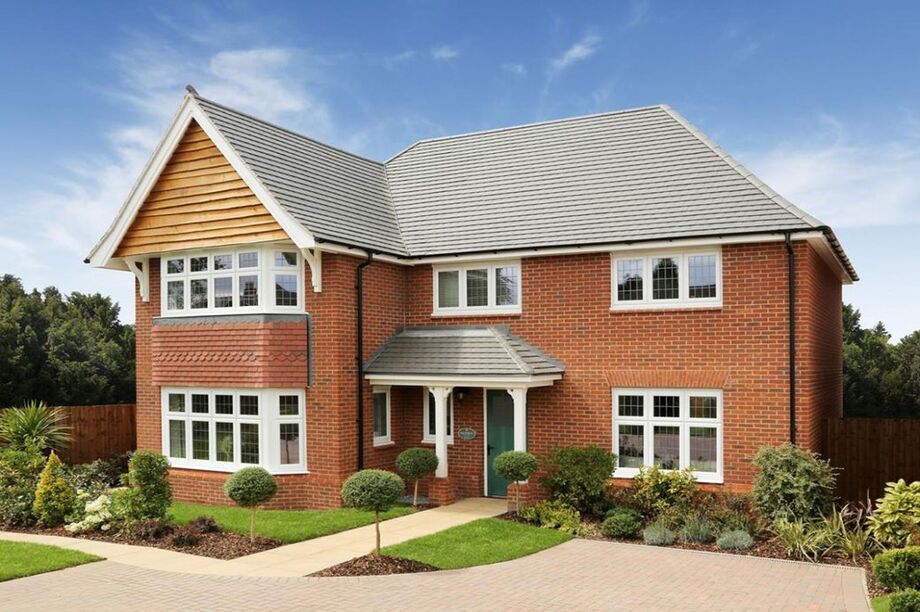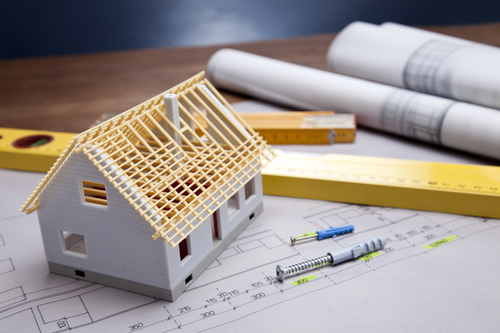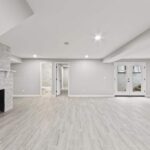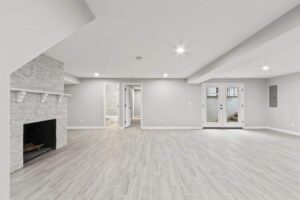There are many factors to consider when choosing materials for your new build. Many factors, including the price and maintenance, should be carefully considered. Many people want the best choice for their new home, one that is beautiful, affordable, and durable. In fact, buyers who have a large budget often choose materials based on how appealing they are and how well they match the aesthetic of the rest of the home.

First, consider cost. While cheaper building materials might seem attractive to some, the downside of this option is that they are likely to need replacement sooner rather than later. It is important to consider life expectancy and overall cost as well as the initial price. The less expensive building materials may last for shorter periods of time, so it may be a better idea to use them for a limited time and replace them at a later date. But there are also some exceptions to this rule.
Once you’ve decided on the overall style of your new home, the next step is to select the materials for it. For the exterior of your home, most homeowners use materials such as wood, bricks, or metal. When choosing materials for the exterior of your home, it’s important to research them, and talk to homeowners who have used the materials before. When choosing exterior materials, think about long-term maintenance, especially if you’re building a family home. For advice from Builders Bristol, go to www.mogfordprescott.co.uk/builders-bristol/
Choosing materials for your new build depends on the location of your house, budget, and lifestyle. Typically, custom builders and remodellers have more input in material selection than do DIY homeowners, but the materials you choose are important for your new home’s design and aesthetics. A structural engineer can provide you with cost-effective size options based on the climate of your area. A structural engineer can also help you determine the best material for your new build.

Depending on the durability of the materials you use, you may want to choose a material that is easier to maintain. The Building Code sets minimum durability requirements for building elements. The materials you choose must be able to withstand the use of the building for decades, and should be adaptable for future generations. This will reduce the amount of waste generated in the process. However, some materials can also be dangerous to occupants. Proper ventilation should be installed to minimise adverse effects on the building’s occupants.





